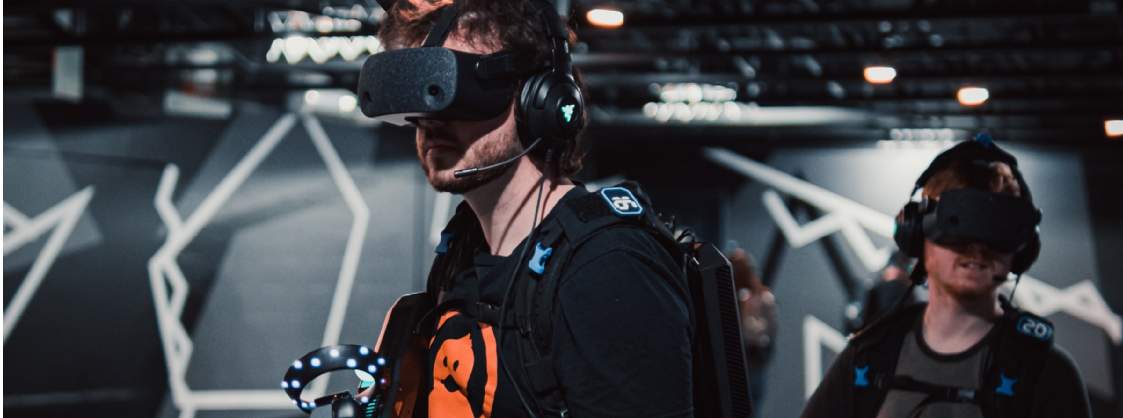It’s probably fair to say that the global leisure market is unrecognisable from where it was just a decade ago. A sector formerly led by bowling alleys and cinema operators has transformed itself to now encompass some of the most innovative and engaging activities, and while traditional leisure certainly still has its place, we now have a whole host of other concepts to enjoy in our free time.
I recently travelled to the US to visit our strategic partners SRS Real Estate and it’s evident that the concept of immersive leisure in particular is taking the American market by storm. Visits throughout California and Las Vegas showed that formerly traditional retail locations have now integrated multiple leisure concepts to create standout new destinations.
A broad term in itself, immersive leisure can largely be defined by a focus on the experiential, enveloping consumers in a sensory manner featuring varying visuals and sounds. While the term has been around for several years, it has continued to grow in breadth as technology and consumer tastes develop.
Although immersive leisure can be found in all major global cities, the greater availability of real estate space in the US has meant that many operators have had a much quicker entry to market. Operators typically require between 20,000 and 100,000 sq ft, often with ceiling heights of over six metres, which can make finding space in other cities such as London and Tokyo trickier.
The easier route to market in the US is evidenced by the development of purpose-built immersive leisure destinations, such as the acclaimed Area 15 in Las Vegas. With its first concept opening in 2020, Area 15 now houses a multitude of attractions and events including Meow Wolf’s Omega Mart (an immersive art exhibit with secret bar), a selection of virtual reality experiences and an indoor zip line. Other examples include the likes of City Winery, an intimate music and events space accompanied by locally sourced food and wine, which now has 12 sites throughout the US, and New Arts District, a new AI powered experience soon to open in New York.
Conversely, similar occupiers looking for space in London have had active requirements for some time but are yet to find suitable space. However, that’s not to say we haven’t seen any activity this side of the Atlantic, with immersive funfair operator, Fairgame, recently opening a 20,000 sq ft site in Canary Wharf and a new Formula 1 experiential venue soon to launch at One New Change in the City, with a second planned for Birmingham. It’s likely that operators will have to be more creative with the spaces they consider, as we have already seen with Little Lion Entertainment taking on an old casino for its Crystal Maze experience in the West End.
In time, we expect to see an increasing number of immersive offerings opening in the UK and elsewhere in Europe. The draw that an immersive leisure operator can bring to a space can be huge, and many of these events often command large followings which can create significant uplifts in footfall, putting otherwise underutilised developments on the map.
Furthermore, many of these experiences tend to be ticketed and therefore don’t rely on passing footfall to generate sales. Unlike other types of leisure occupier, they don’t always need to be in the most prime spots and instead have the potential to turn a location into a prime destination in its own right. The key is to be creative when curating space, to entice the ever curious consumer.

.jpg)



.jpg)




